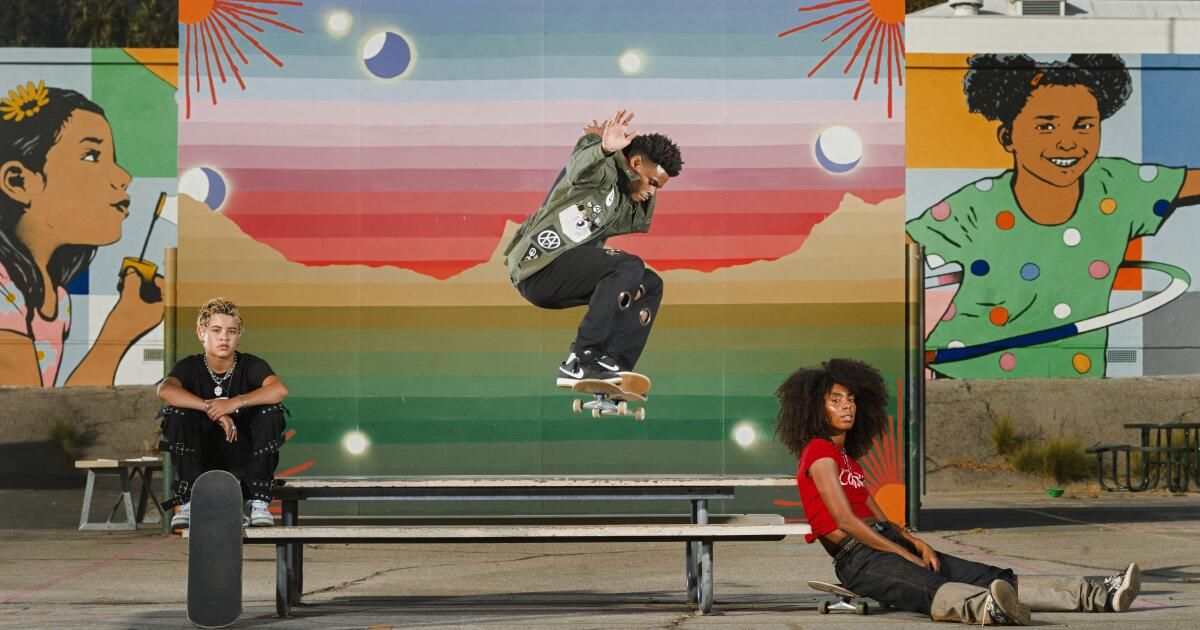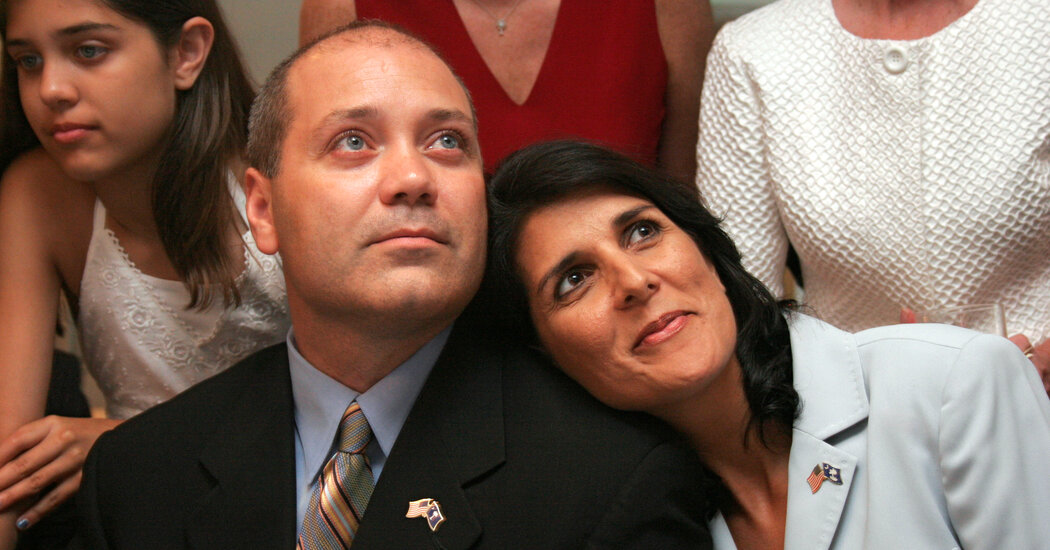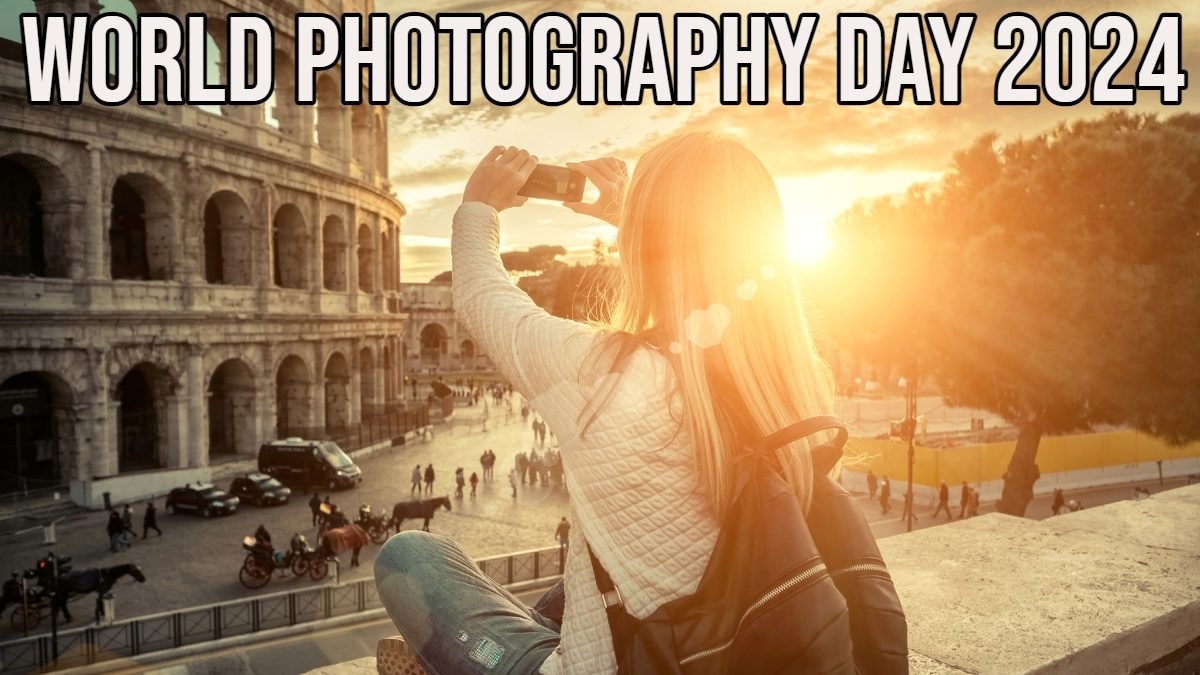Skaters give shape to the divine. From left to right: Robert Neal, Briana King and Junior.
(Sam Müller / for The Times)
Look through the fence and squint: the artists on wheels are at work, just doing the damn thing. “Creative” is an overused term, too flattened by overuse, too undescriptive to label skaters. movements. What they do is rather write with their bodies and boards: part choreography and part poetry. In their two trucks and on their decks they deliver what the imagination imagines. What your mind's eye sees. Skaters give shape to the divine.

Junior wears a 10c41 shirt, Charles Jeffrey Loverboy pants, a Liberal Youth Ministry jacket, and Jordan 4 Retro shoes.
(Sam Müller / for The Times)
Translation could be another way of saying it. Skaters are interlocutors of the highest level. They tell stories and they tell the stories of those who came before. They do not miss the importance of being exact, of being tied to a tradition while remaining fluid. Survival is art. Being able to get out there is what keeps skaters going. It's what makes them feel alive. There is something daring about being able to capture the essence of what exists and, through technique and imagination, help us see it again. Skaters study and then reimagine. They spin, kick, roll, jump, slide, push, balance and explode.
A dance.
The skaters dance.
On four wheels, simply…
Learn through dance.
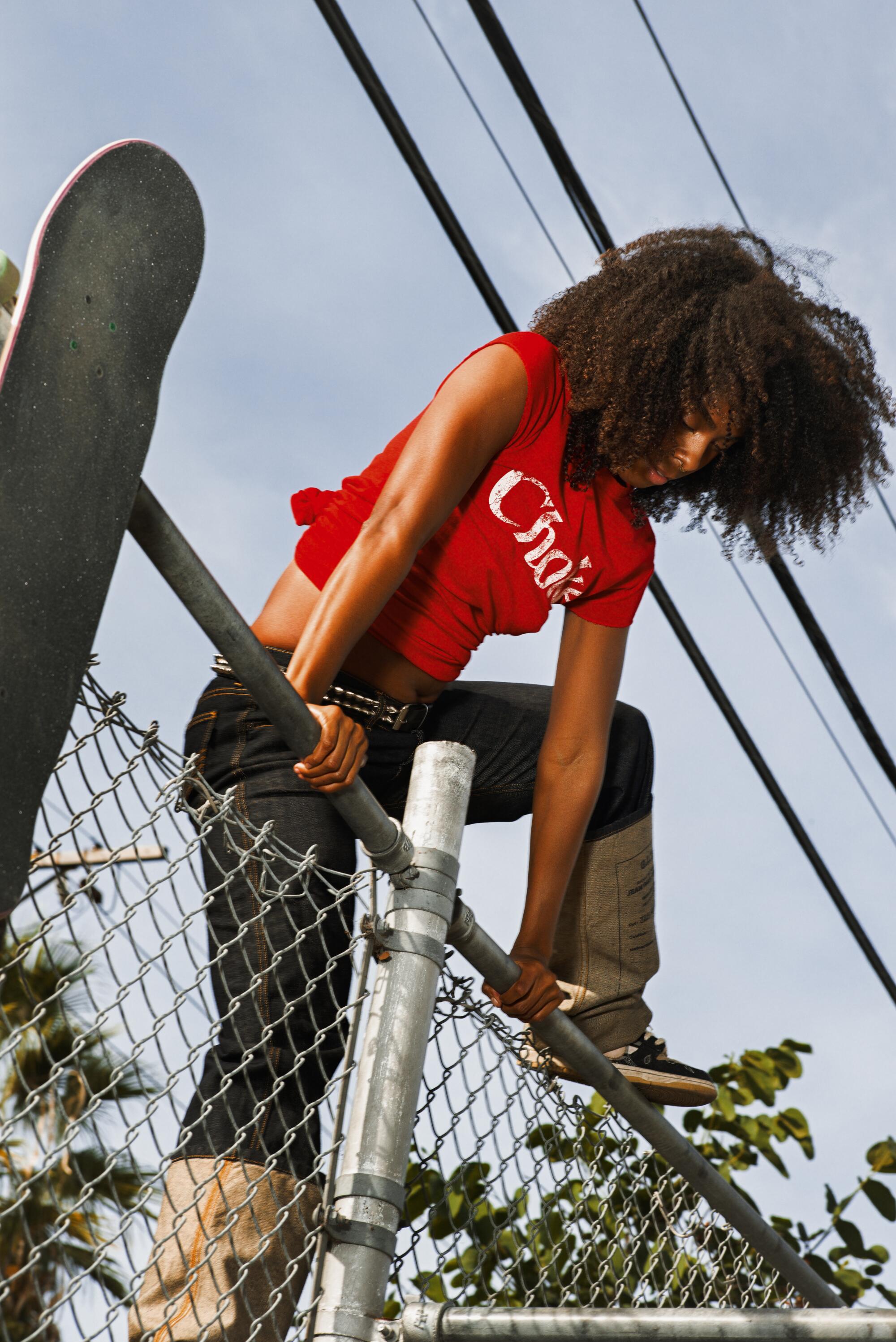
Briana King is wearing a Dsquared2 t-shirt, Jean Paul Gaultier denim, Descontrol belt and Nike SB sneakers.
(Sam Müller / for The Times)
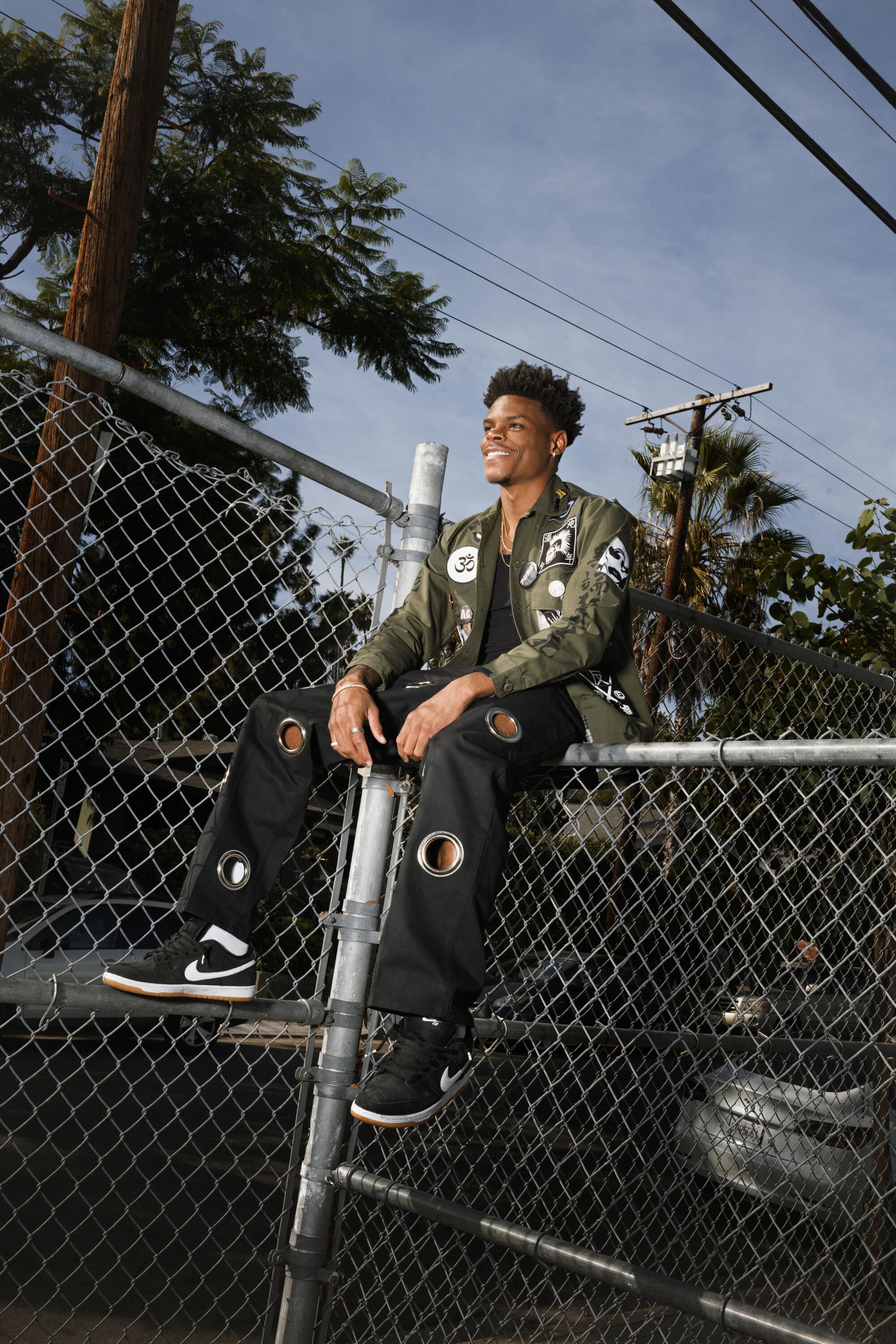
Robert Neal wears a black Hanes tank top, Kirill shirt, Çedouze pants, and Nike shoes.
(Sam Müller / for The Times)
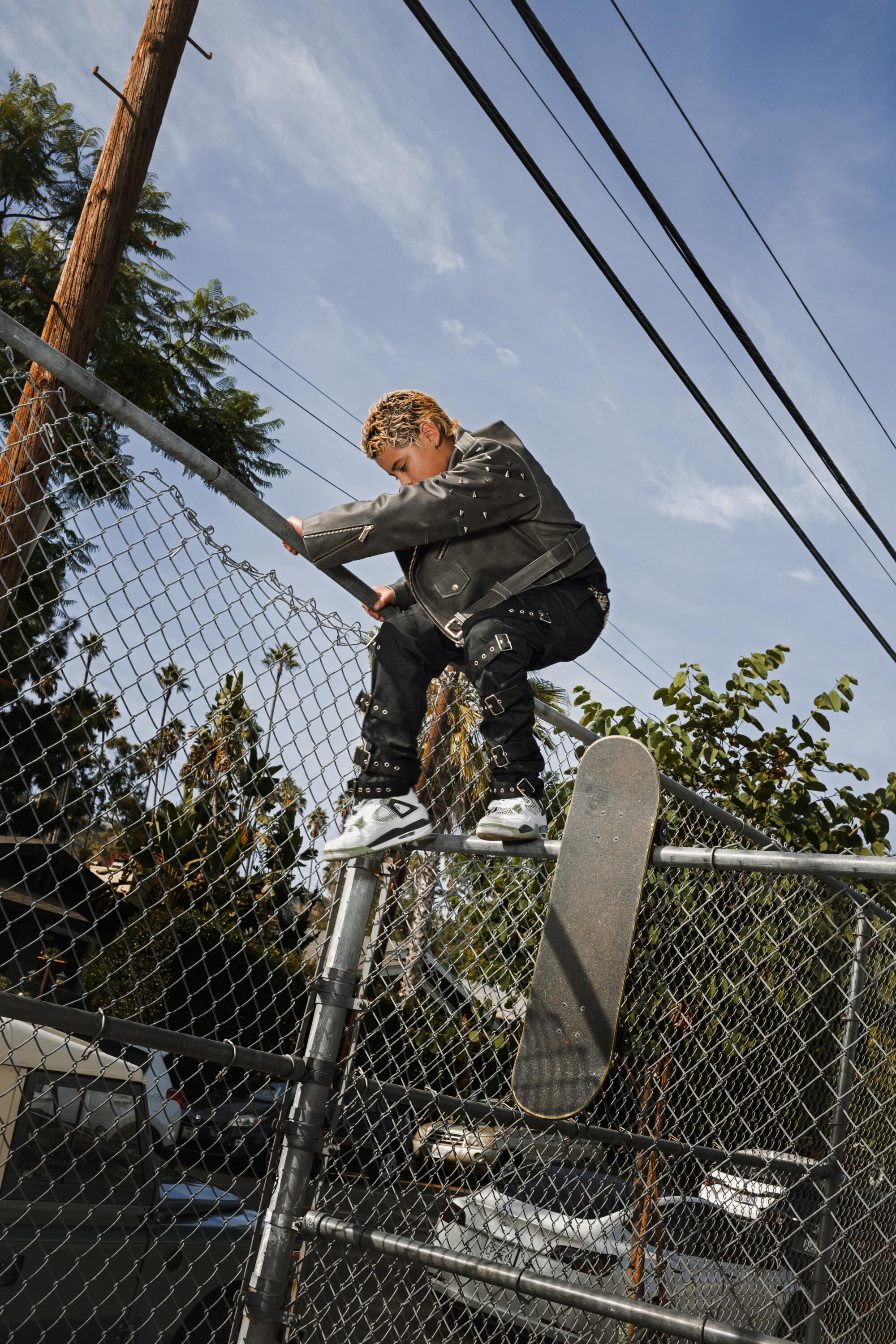
The skater sees a fence as the open gate that it is.
(Sam Müller / for The Times)
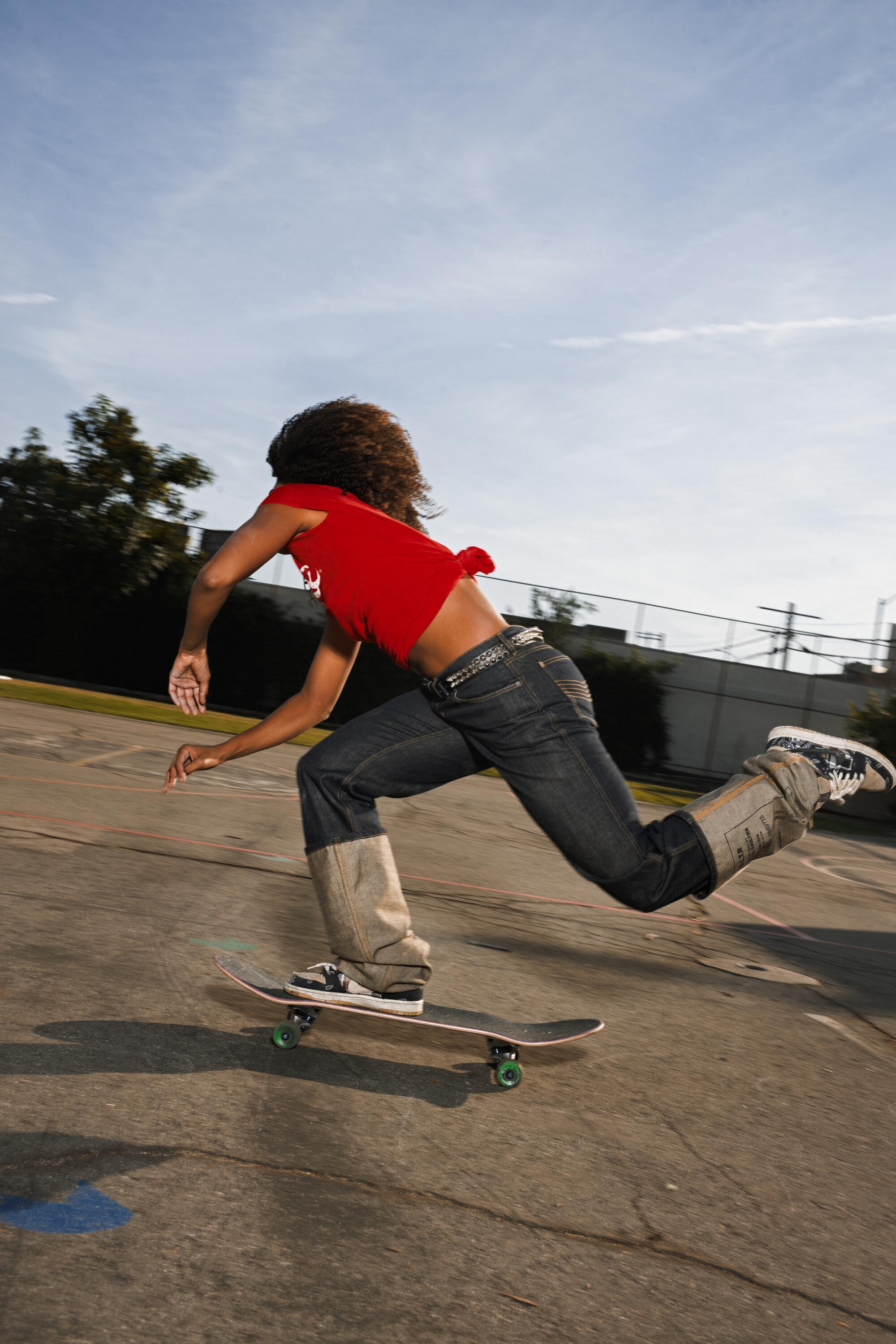
The skaters dance.
(Sam Müller / for The Times)
In the schoolyard the skaters receive their education. The playground is the place where games are played. A day at a school is a long study session at the community center. The schoolyard is where skaters gather to work and support each other. It is a physical testament to the community spirit of the Los Angeles art scene. It is also a recovery site. To a skater's eye, a schoolyard always appears open, despite (or sometimes because of) the fence. The skater looks at the schoolyard fence and thinks: It's there for a reason. It is safeguarding what is ours to destroy. The fence is the clear indication that what is inside is valuable to the public. The skater sees a fence as the open gate that it is.
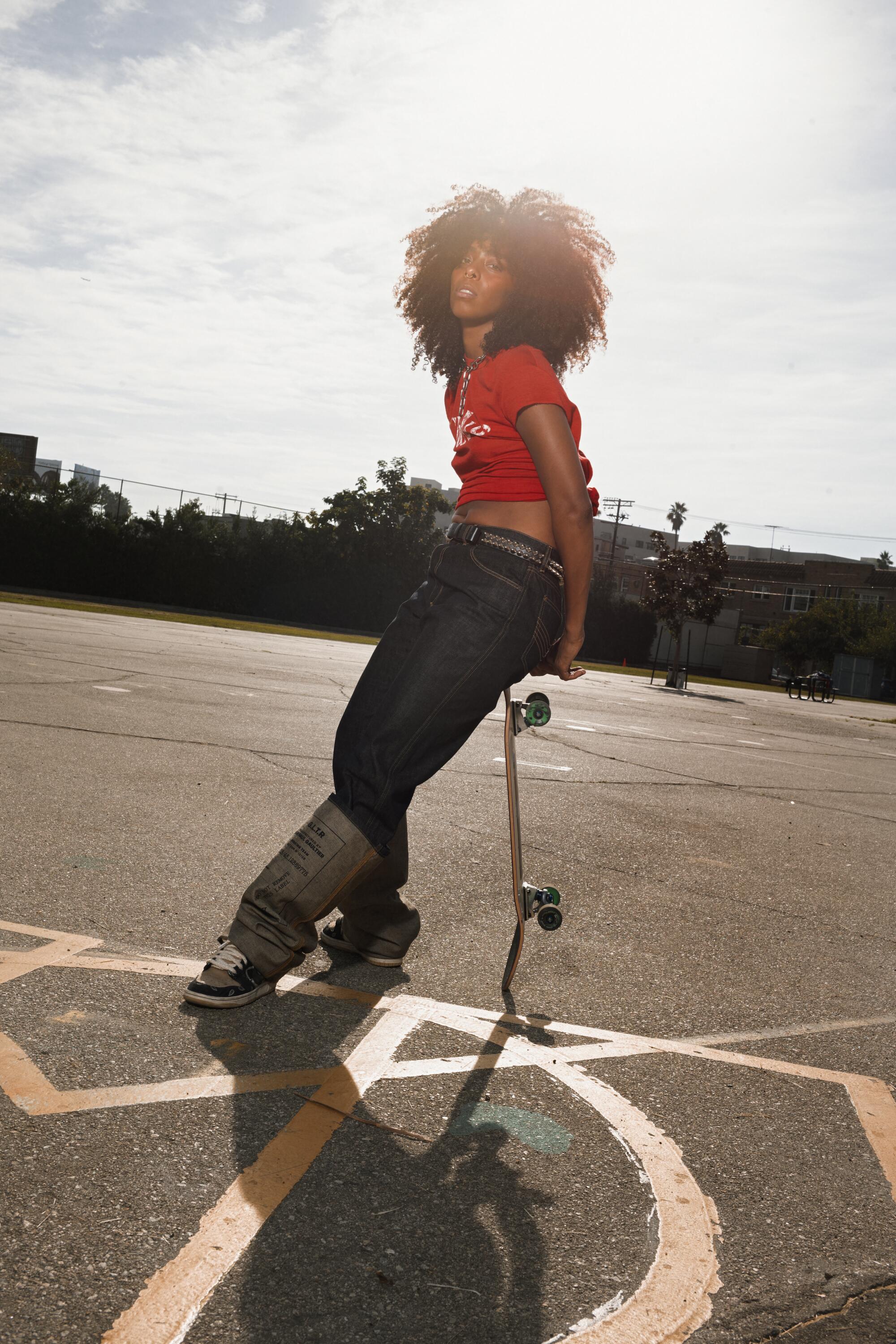
In the schoolyard the skaters receive their education. The playground is the place where games are played.
(Sam Müller / for The Times)
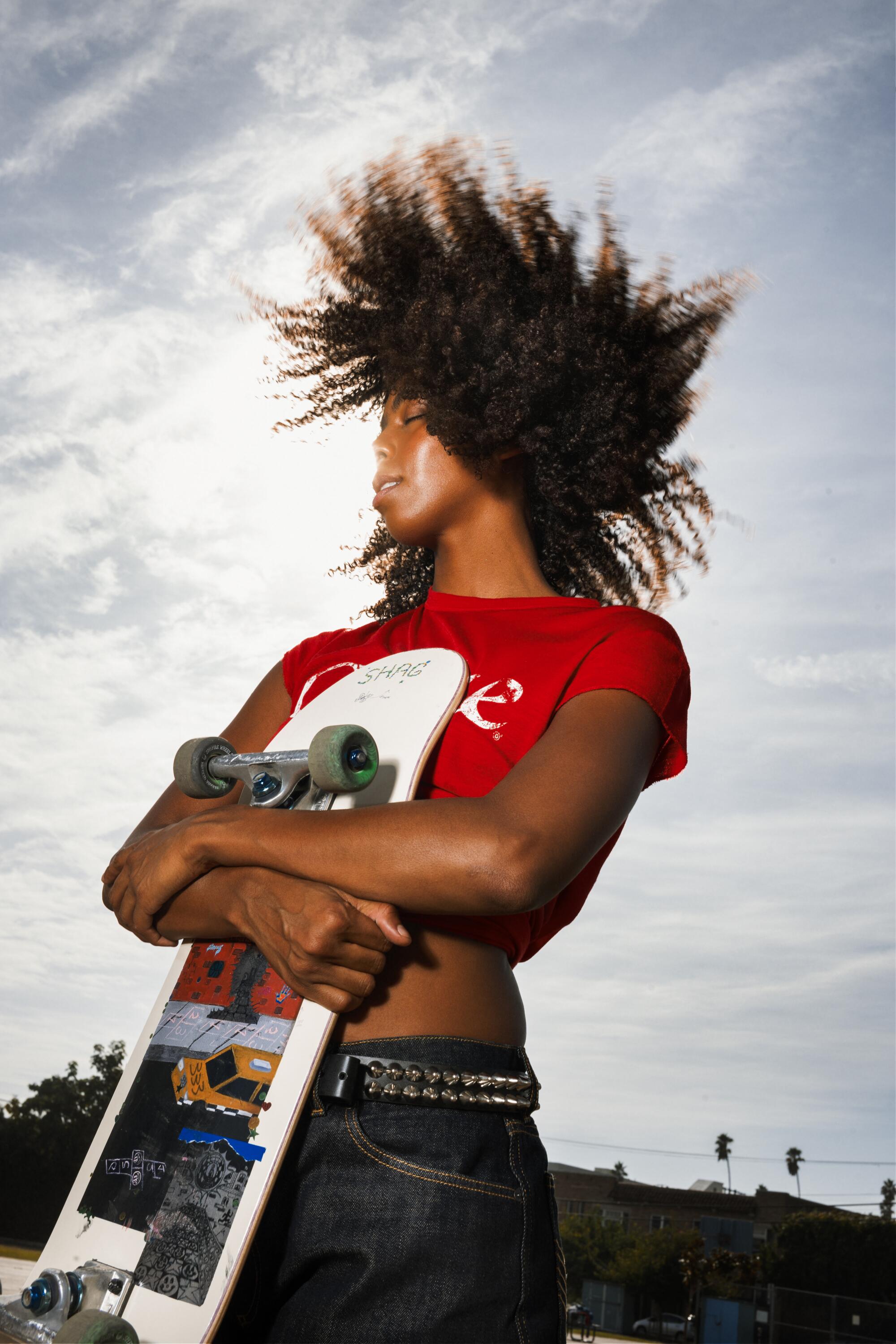
(Sam Müller / for The Times)
The irony of the fence is that, despite its best intentions, it wants you to know what's on the other side. It is a physical barrier that betrays the golden rule of mediation: making you forget it is there. Many forms of mediation want you to get used to the imposition and want you to believe that they are actually Help you get where you want to go or they make you assume that there is nothing to see here. The same is not true with a fence. It's a way that can't help but make you feel like you're being kept at arm's length. It is to hide, protect, prevent. A fence is a confrontation. The polarization over its place in contemporary society and its proper use (to keep the unwanted out, to keep the wanted in) only highlights the fact that a fence is, at its core, a provocation. You ask yourself, Why is this here? A fence delegitimizes itself. Its existence makes you question its existence.

Some may wonder what to do when they hit a wall, but skaters take the hint and make moves.
(Sam Müller / for The Times)
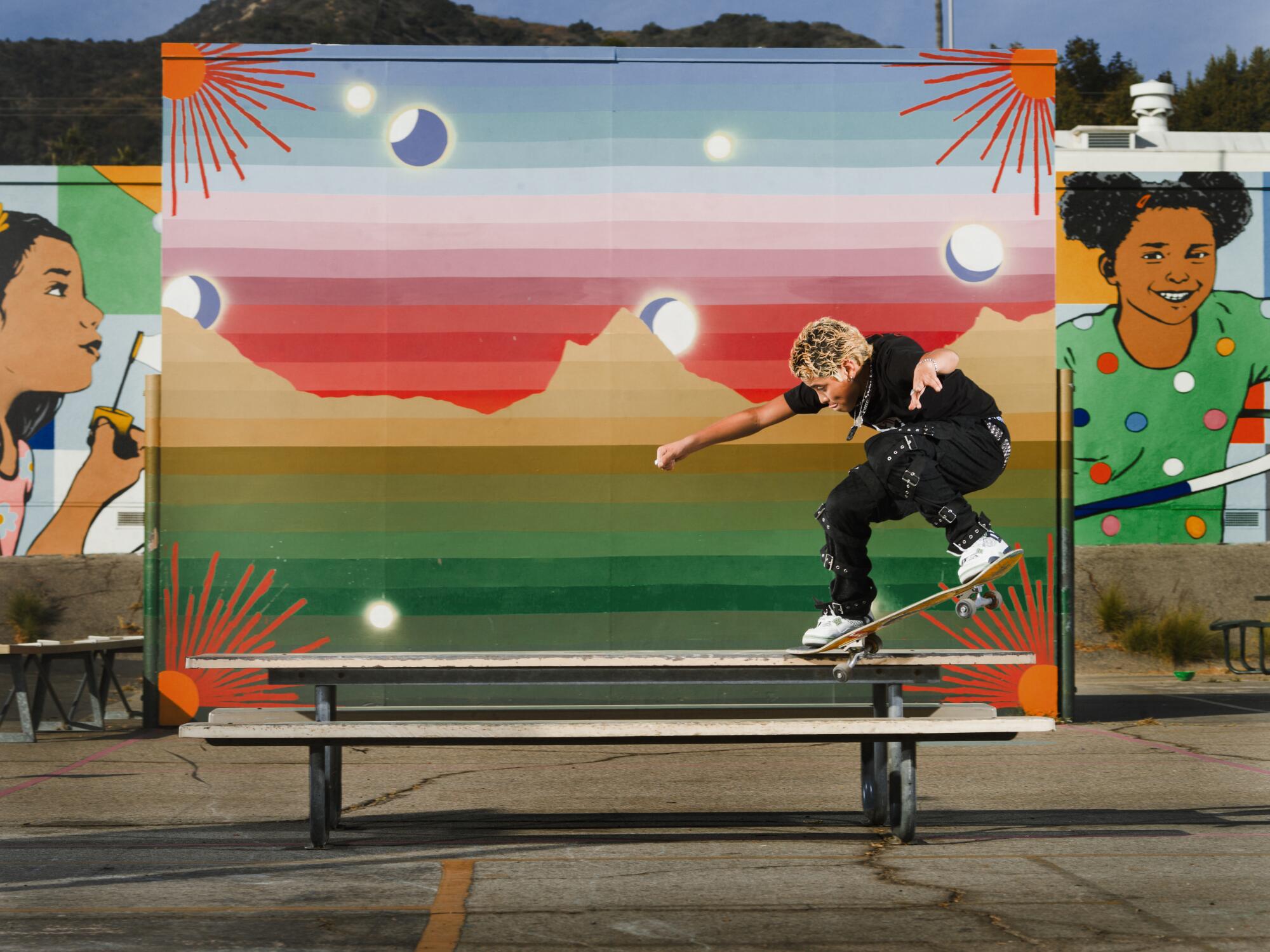
(Sam Müller / for The Times)
Some may wonder what to do when they hit a wall, but skaters take the hint and make moves. They just jump over the fence and go about their day. Once they're in the yard, it's hunting season, not to mention the rollers if they come.
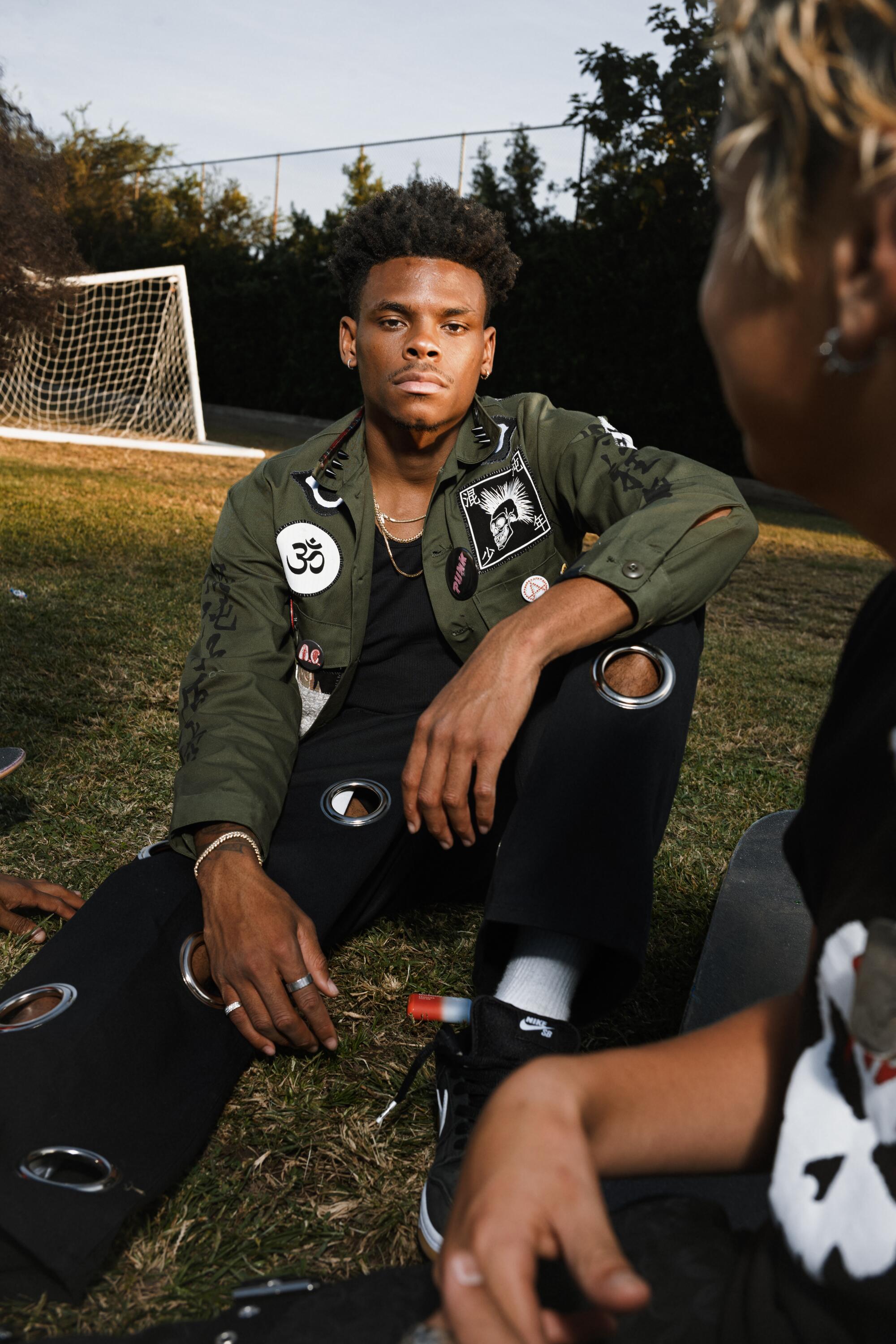
(Sam Müller / for The Times)

(Sam Müller / for The Times)
The schoolyard is the place where risks are taken. Watch a sizzling video or home tape and you'll understand: Fear has no place on the playground. Making worthwhile art requires sacrifice. The painter runs the risk of ego dying on the canvas. The welder runs the risk of getting burned. The skater imagines himself crooked, going down a 16th step after the bell rings or ollieing over a picnic table full of clothes on a sunny Saturday.
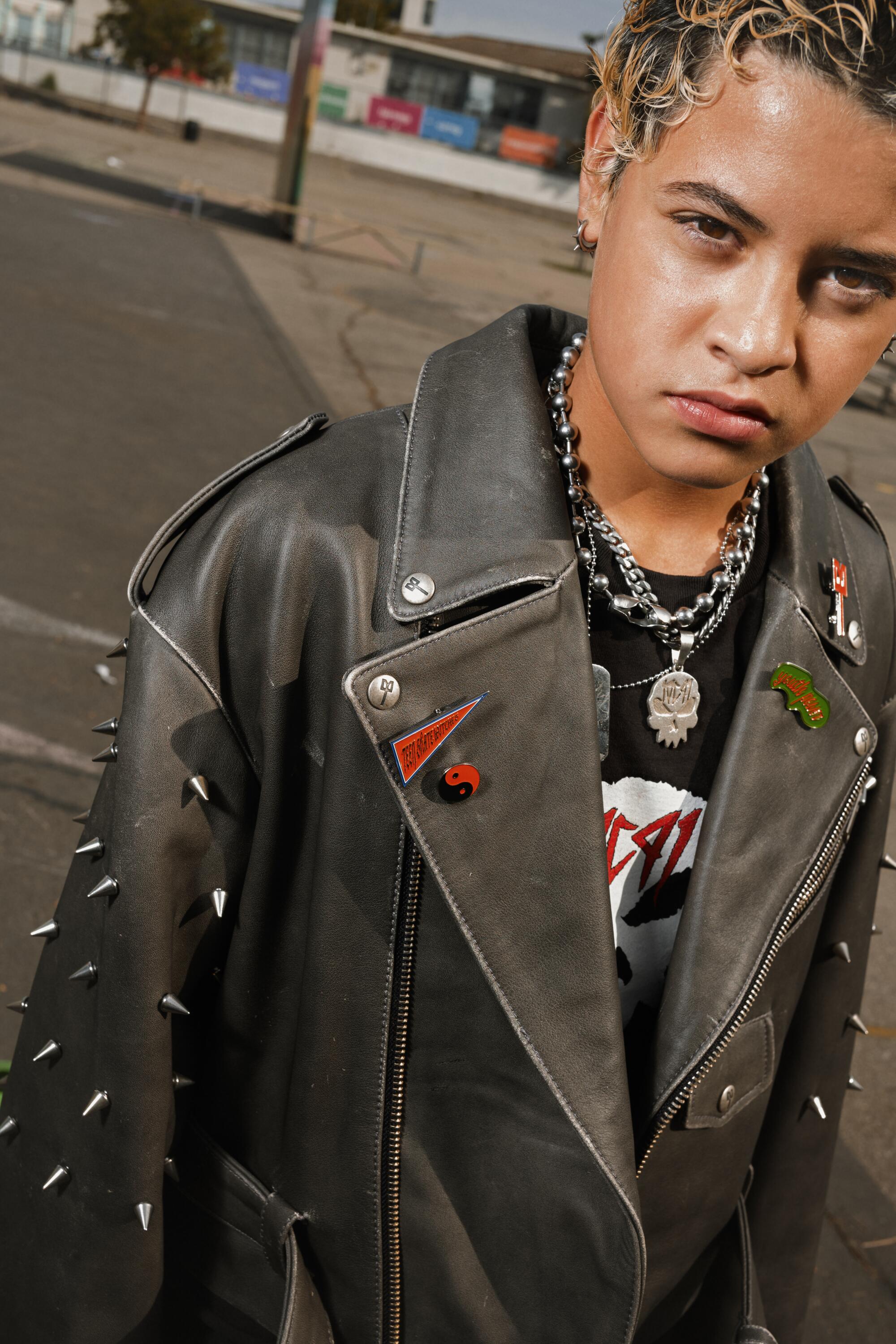
(Sam Müller / for The Times)
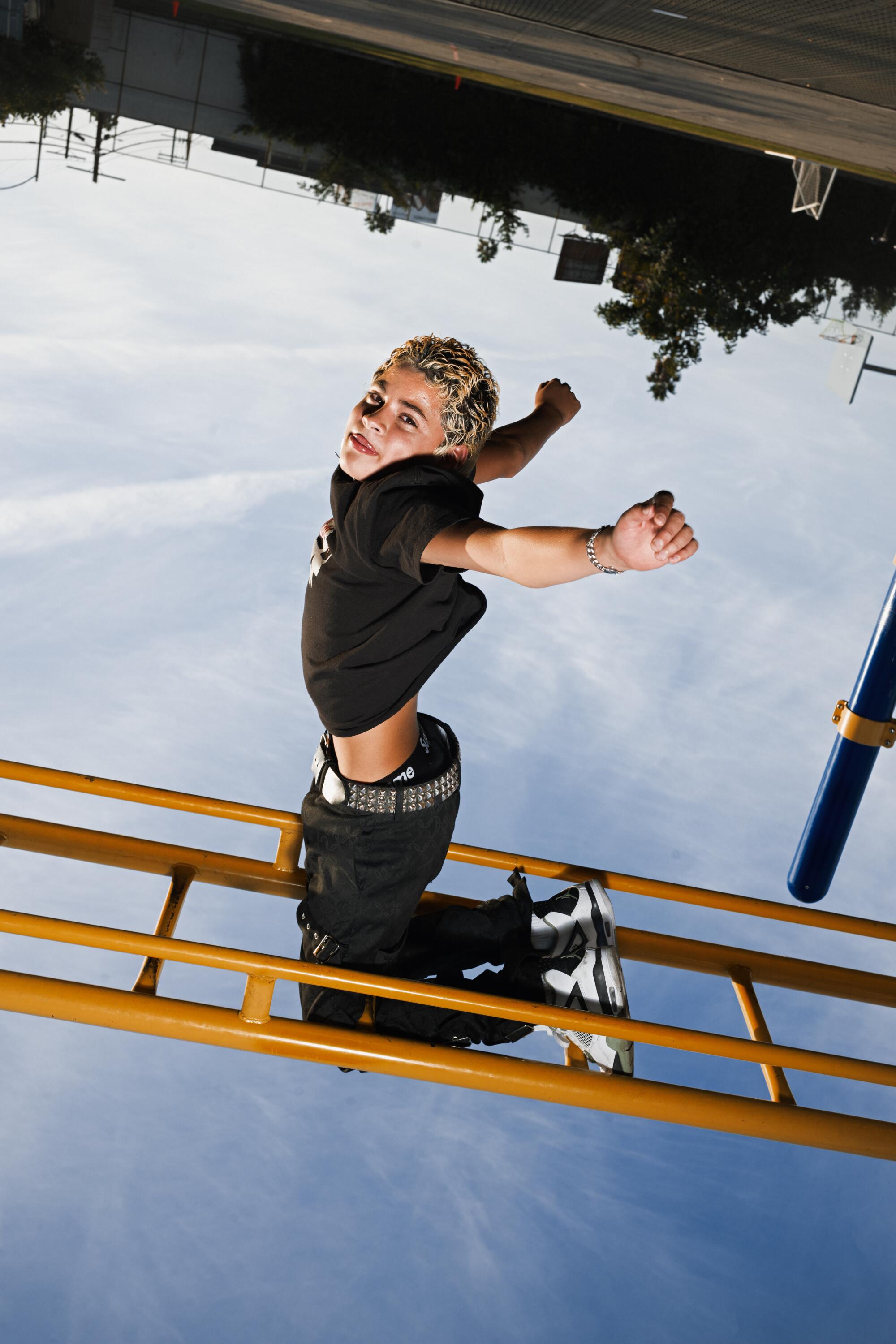
(Sam Müller / for The Times)
Artists work best when they have some skin in the game. The skater stops to show off. When school is not in session, the real session begins.
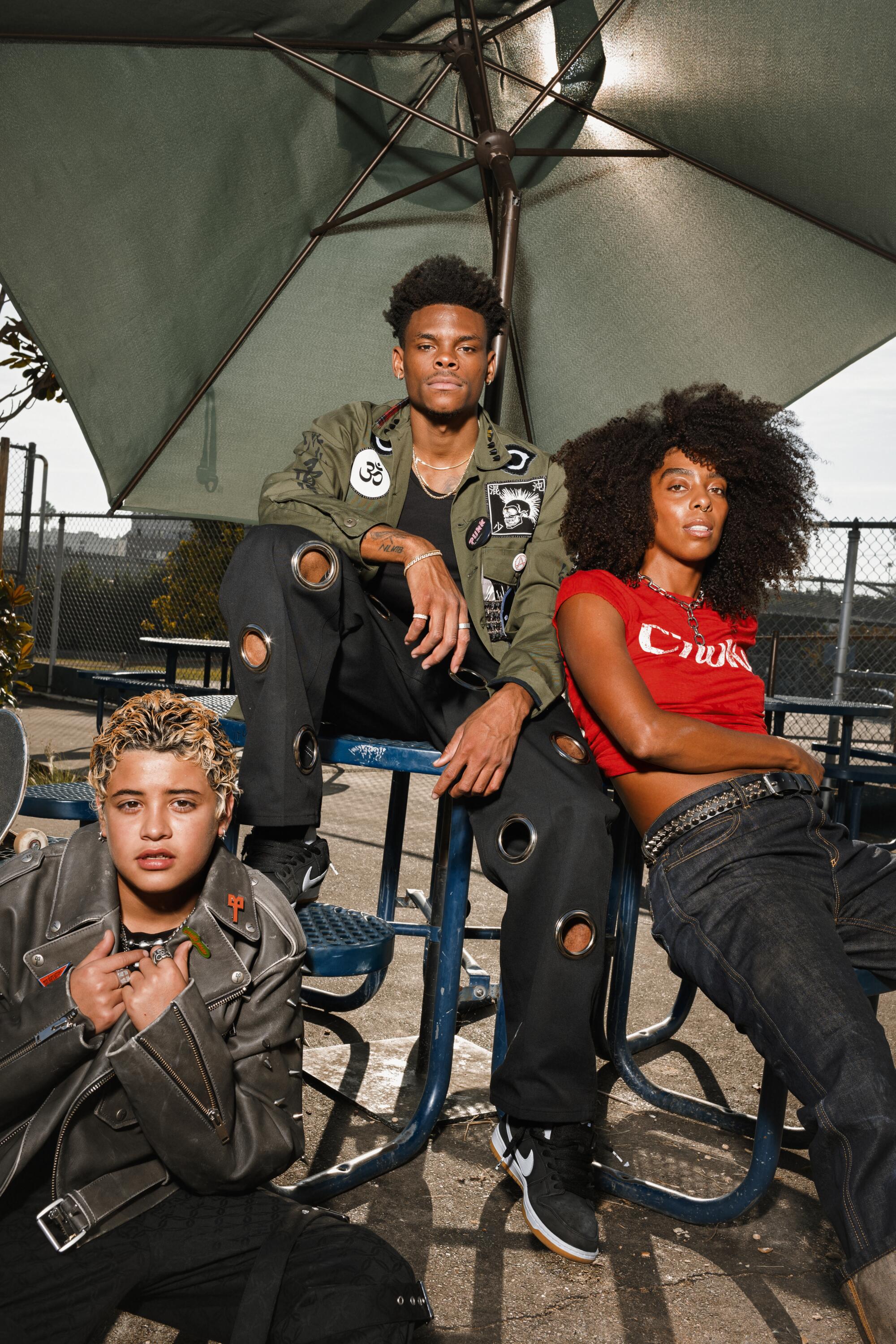
(Sam Müller / for The Times)
Producer: Ashley Woeber
Models: Junior, Briana King, Robert Neal
Hairdresser: Stefanie Guerra
Photography assistant: Aric Van Halen
Styling assistant: Izzy Hyun

